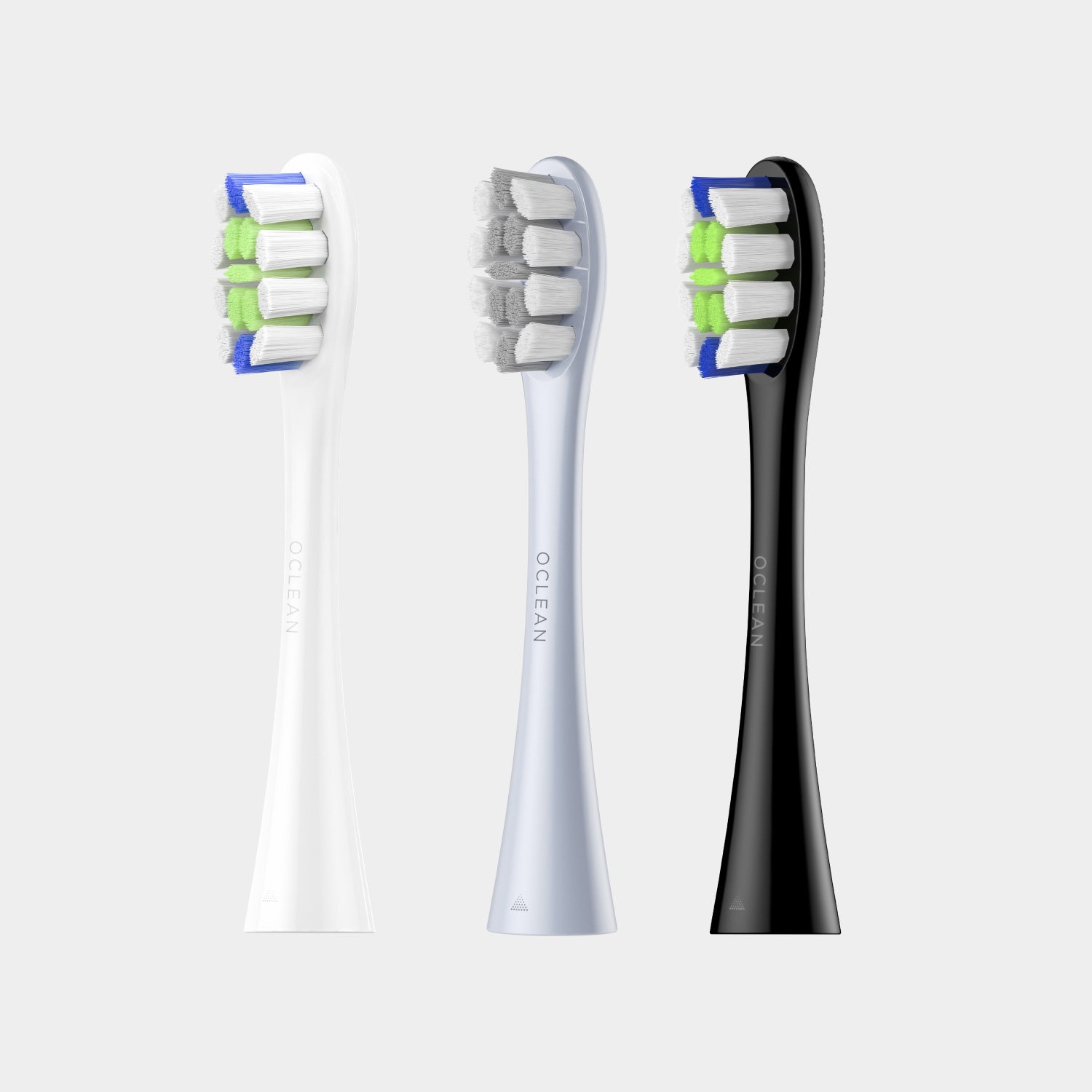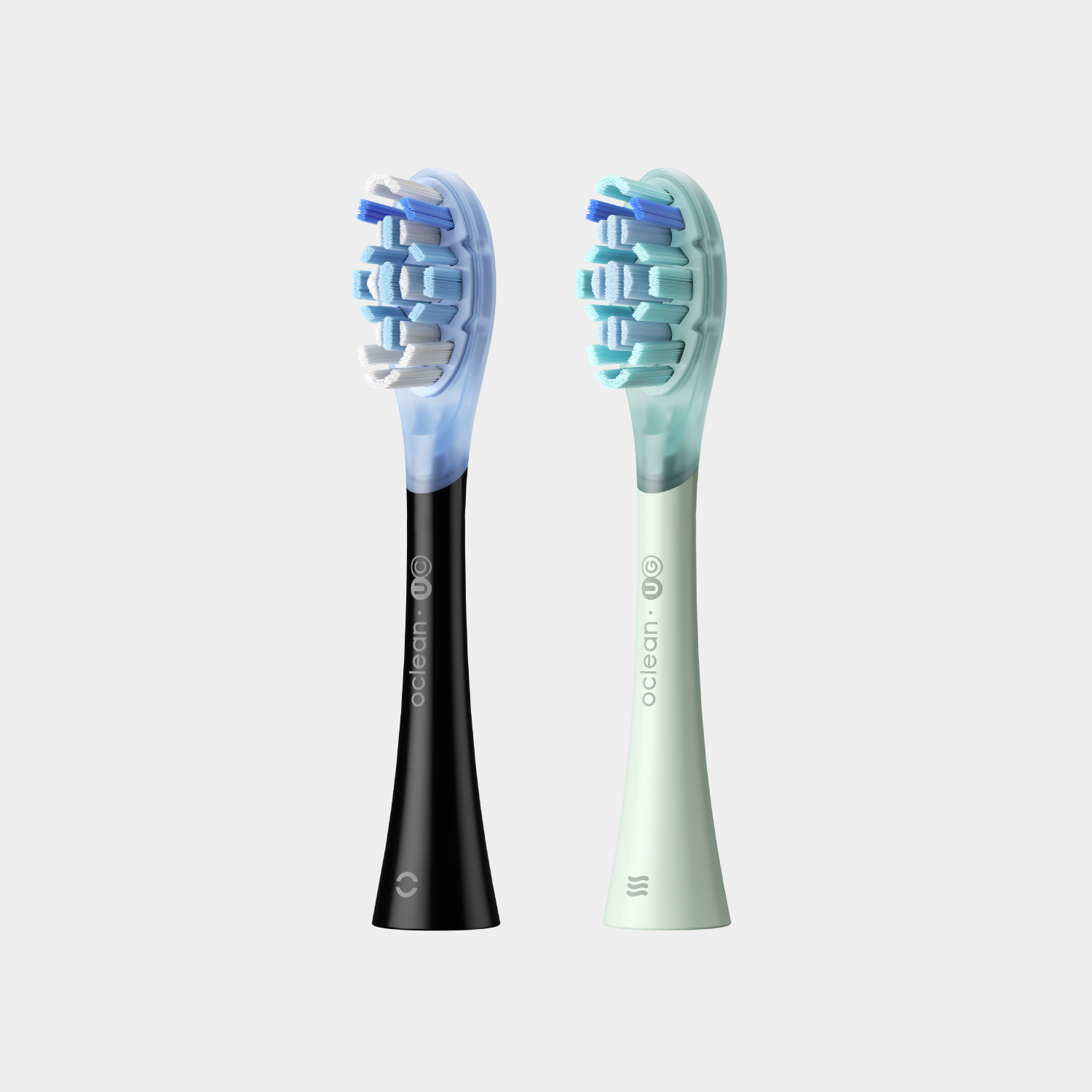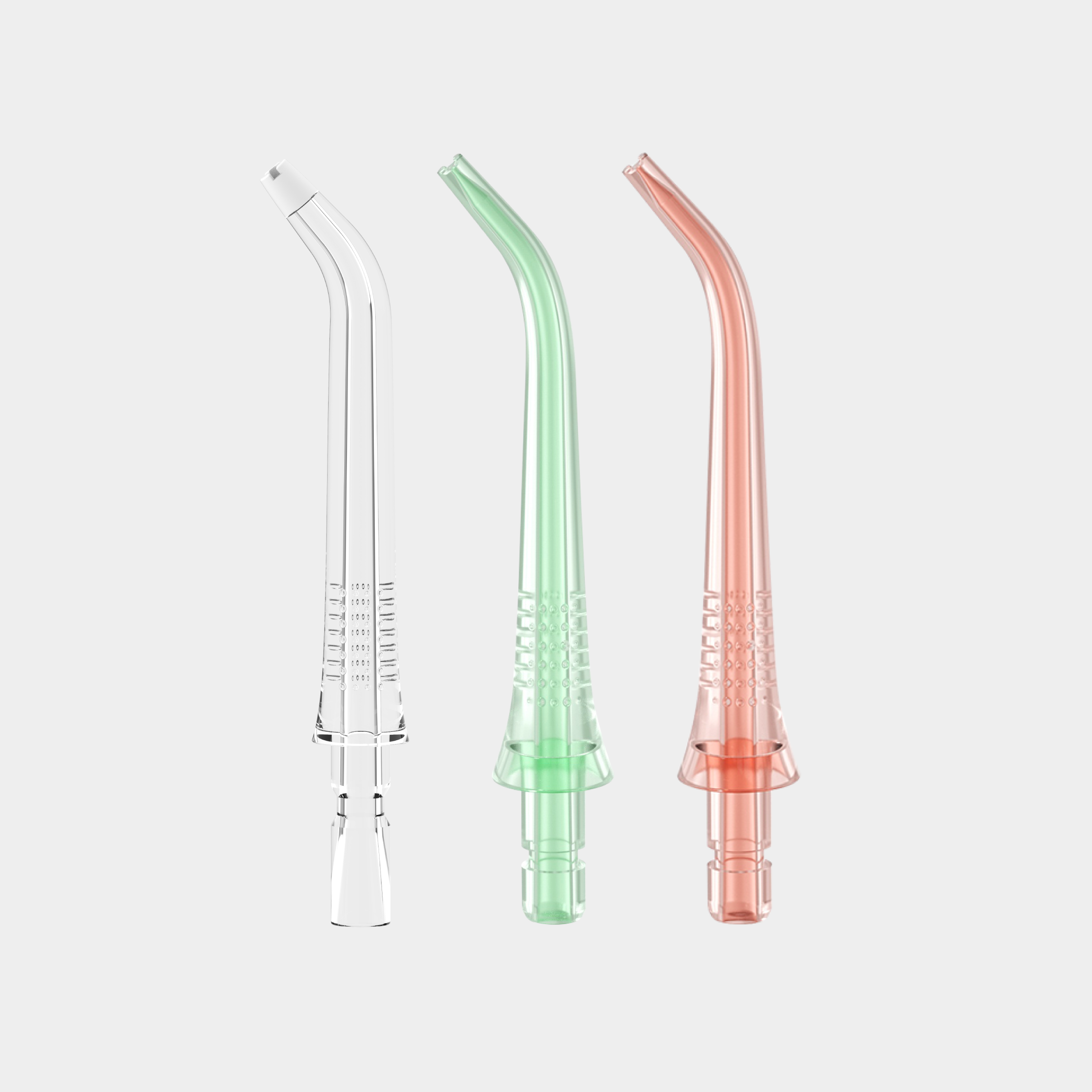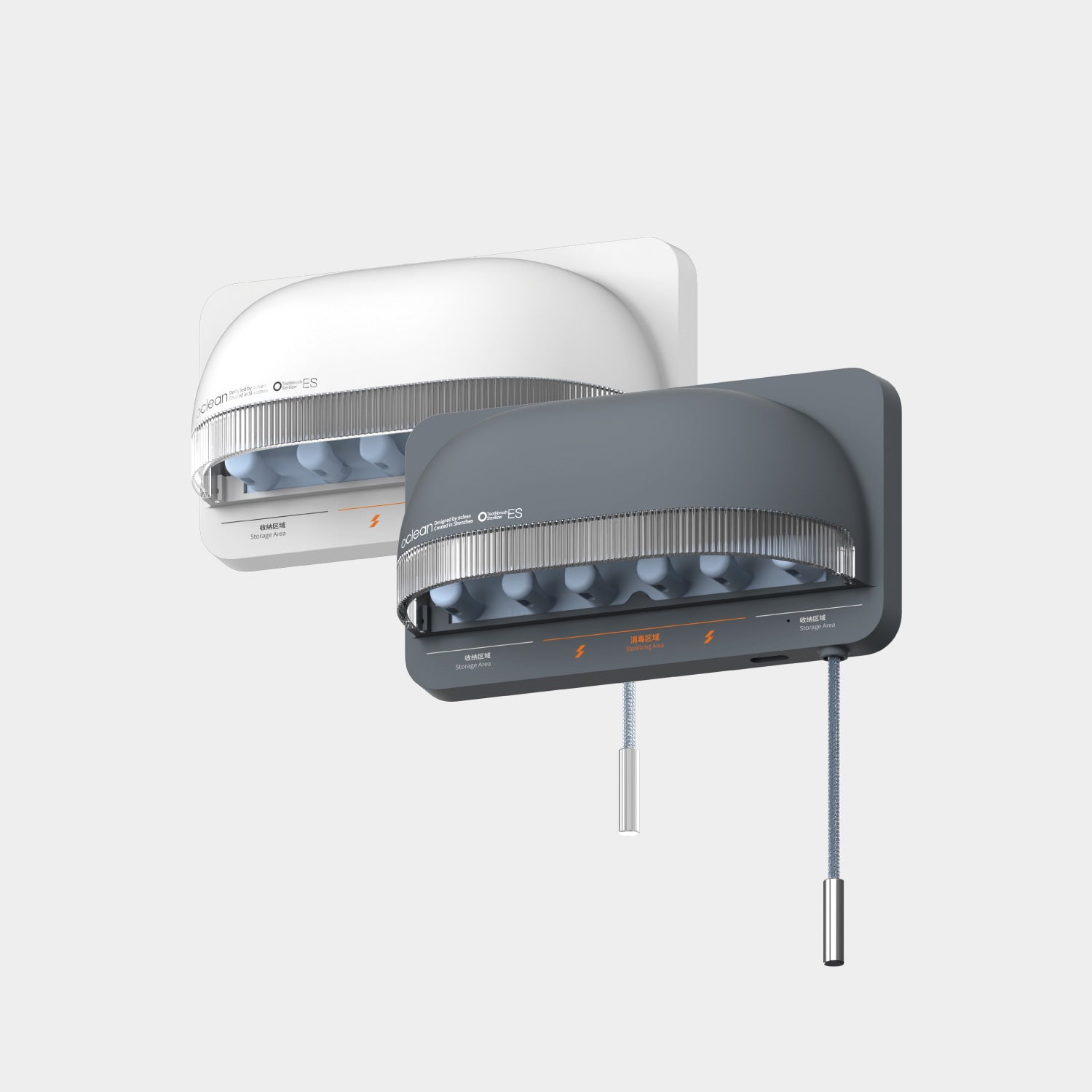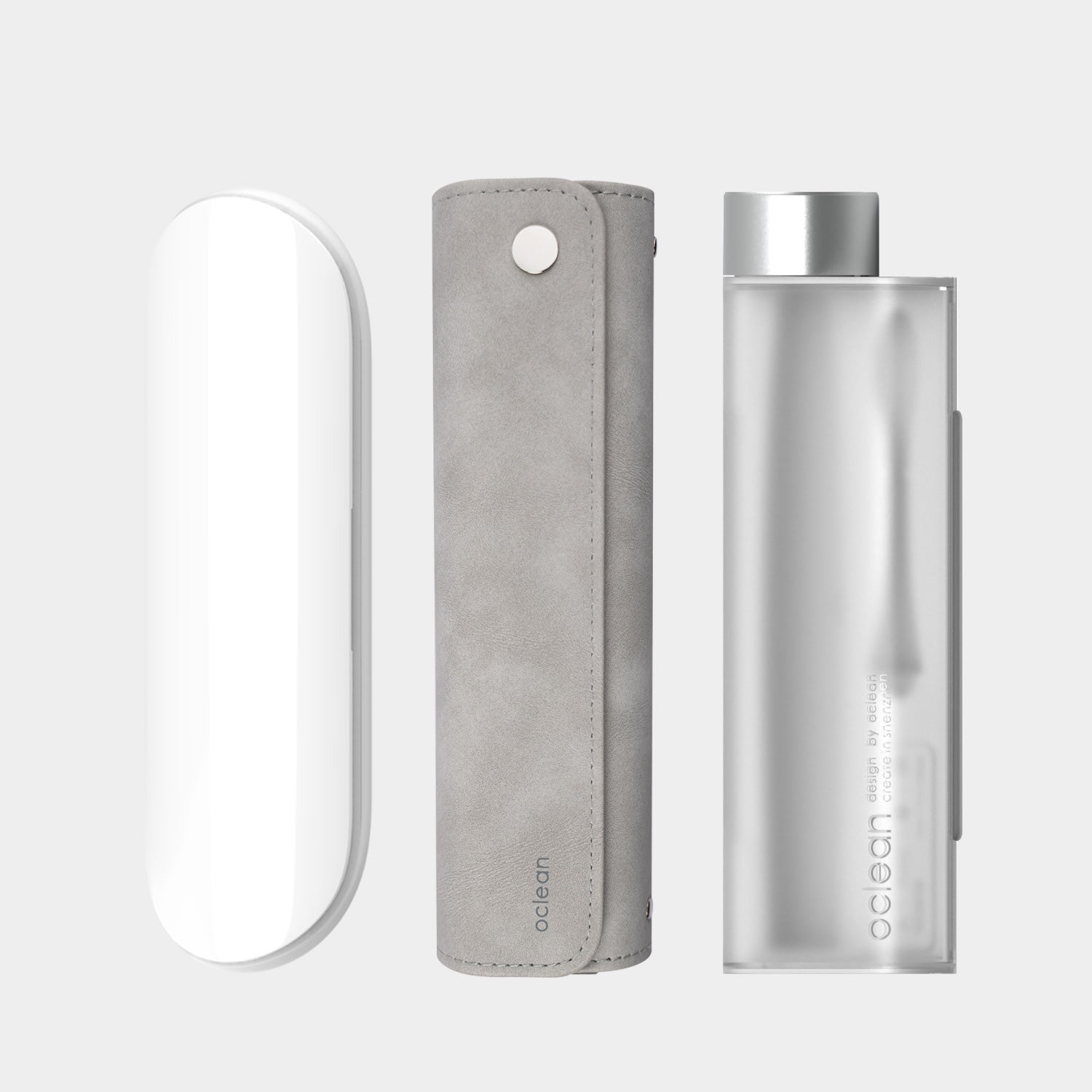When discussing dental hygiene, brushing and flossing are the first two terms that cross your mind.
Whenever you are at a dental appointment, you certainly hear this question, "How often do you floss?" from your dentist.
Why? Because brushing alone is insufficient to attain a healthy smile. While flossing helps remove plaque from the areas that a toothbrush cannot access. As a result, your teeth are safe from any additional decay or damage.
There's no doubt that flossing has become an indispensable part of our dental hygiene, but have you ever tried to figure out who invented dental floss?
The background story: when was floss invented?
Every dentist in the world talks about how flossing is a prominent part of a healthy dental regime. However, not many people know "when was dental floss invented?" or "when did humans start flossing?"
Did dental floss exist during the prehistoric era?
Well, oral hygiene wasn't even a thing in the ancient period! Nevertheless, grooves in the teeth of ancient skeletons imply that they used toothpicks and floss daily.
But there wasn't any floss back then!
People used horsehair and toothpicks as substitutes for dental floss to remove stuck food between teeth.
But then, who created the first floss?
The time when floss was invented
Dr. Levi Spear Parmly was the first to invent dental floss in 1815. He was a dentist from New Orleans who introduced his patients to a thin, waxed silk thread to clean areas between their teeth. That was the first time people came to know about dental floss.
Later, he published a book, "A Practical Guide to the Management of Teeth," where he especially underlined the need for flossing.
In 1882, the concept gained popularity, so the Codman and Shurtleff Company started manufacturing unwaxed silk dental floss. Sixteen years later, Johnson & Johnson received a patent for dental floss and introduced it to the public.
However, that raises the question, when was dental floss commonly used?
The 20th Century
In the 20th Century, ordinary people realized the importance of dental floss, which sparked its demand in the market.
During this time, Dr. Charles C. Bass, renowned as "The Father of Preventive Dentistry," created nylon floss because it was more elastic and resilient than silk.
After World War II, flossing became more widespread, so nylon floss replaced silk floss because nylon was more durable and affordable for everyone.
Is flossing an American thing now?
Today, dental floss is a mandatory part of a healthy oral habit worldwide. Currently, the market is saturated with countless dental floss options, including flavored, unflavored, waxed, and unwaxed floss.
The American Dental Association says everyone must brush and floss their teeth at least once daily. However, a recent state report reveals that only 10% of Americans floss every day, even though flossing is essential to having healthy teeth and gums.
Many people avoid flossing as that can be challenging, frustrating, and even painful, especially if flossed too hard or quickly. You may even end up damaging your gums and tooth enamel.
Don't worry if you're having trouble flossing with a standard flosser. We have your back!
Over time, traditional dental floss has evolved into a portable water flosser that is risk-free and easy to use.
Bringing a Water Flosser into Action!
A water flosser, also known as an oral irrigator, jets water to eliminate the food particles that remain stuck between your teeth, just like regular dental floss.
And the best part is that a water flosser diminishes any chances of gum bleeding or pain.
How to use a dental water flosser?
A dental flosser, or an oral irrigator, is a hand-held device that makes flossing more manageable and pain-free. Here is a step-by-step instruction on how to use an oral irrigator effectively:
· Fill the dental flosser's reservoir with lukewarm water and gently place its tip inside your mouth.
· Once you switch it on, the cleaning process starts.
· Next, you must carefully hold the handle of the water flosser to target the areas you want to clean effectively. Remember, the gum lines and the spaces between teeth are the most crucial.
· Once done, empty the residual water, and you are good to go!
Therefore, cleaning your teeth using a dental water flosser is simple and shouldn't take more than a few minutes.
Why should you switch to a portable water flosser?
If you find a traditional string flosser challenging to use, you might want to switch to a water flosser. For those who suffer from osteoarthritis, Parkinson's, or other disorders that impact hand movement, it's often tricky to comfortably move string floss over their teeth.
A portable water flosser in these situations may be an easier way to clean areas between the teeth and the gumline. The IDA says that braces can also make it hard to floss. People who find it difficult to floss around their dental work might find a water flosser helpful.
How well does water flossing work?
Water flossing vs. string flossing is a frequently debated issue.
To find your answer, you must look at the study published in the Journal of Clinical Dentistry that states a water flosser is 29 percent more productive than traditional flossing at removing plaque.
Another study says that using an electric toothbrush and a water flosser together yields better results in removing tartar and bacterial build-up than using a manual toothbrush and traditional floss.
Which water flosser should you get?
Choosing the right portable water flosser can be daunting, especially when a wide range of flossers are readily available.
If you are baffled by so many options, you may want to try the OCLEAN WATER FLOSSERS, as they are ADA-approved and recommended by several dentists.
Oclean offers a wide range of innovative, high-quality solutions to help you keep a healthy smile. For best results, you may pair it up with an OCLEAN SMART ELECTRIC TOOTHBRUSH to ensure you attain optimal dental hygiene.
Are you ready to start a healthy oral ritual? Then it's time to get your hands on an Oclean flosser!
Related Readings:
Can You Bring an Electric Toothbrush on a Plane
How Many Calories Are in Toothpaste
What Happens if You Swallow Toothpaste
Are Charcoal Toothbrushes Safe






















































